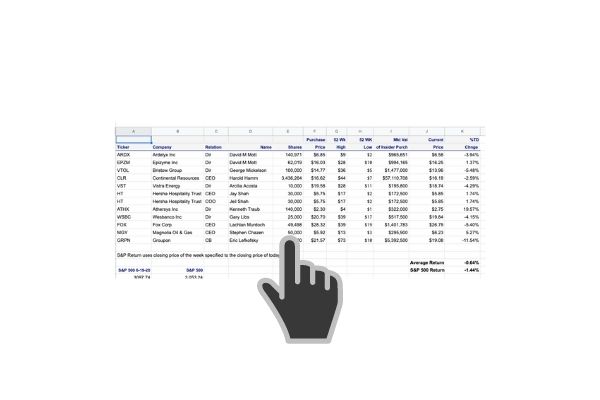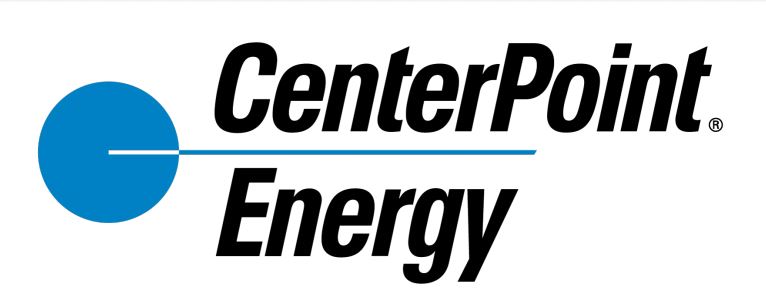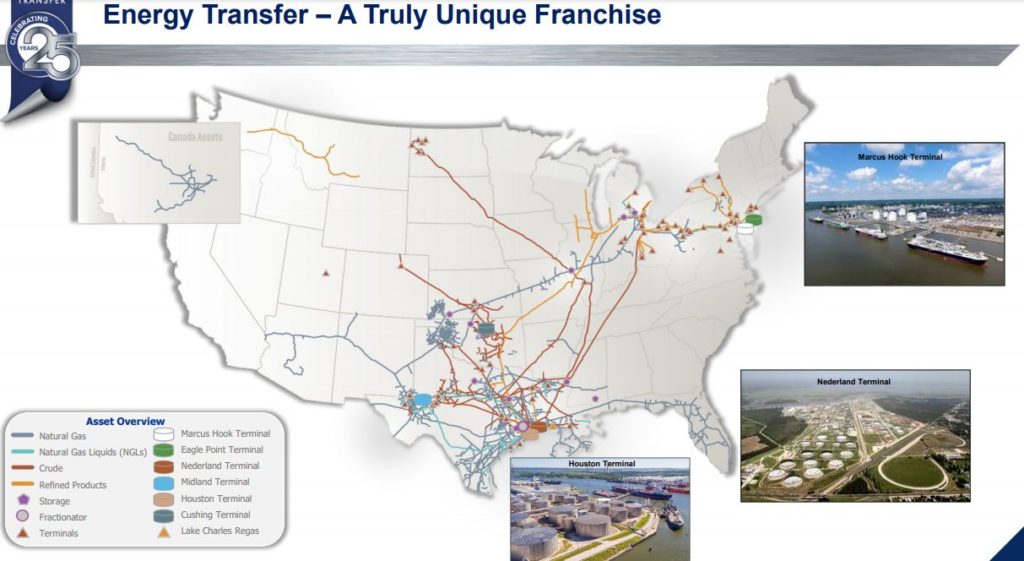For trade, details click on this link to the trades
insider-trading/1282977.htm”>GREENHILL & CO INC up 11.57%
AVIS BUDGET GROUP Inc up 9.37%
GoPro Inc. up 8.21%
Elanco Animal Health Inc up 7.27%
Energy Transfer LP up 6.13%
CENTERPOINT ENERGY INC up 6.11%
Gogo Inc. up 4.90%
TUPPERWARE BRANDS CORP up 4.56%
Vistra Corp. up 4.46%
AMERISAFE INC up 4.34%
CENTERPOINT ENERGY INC up 3.99%
Vistra Corp. up 3.87%
Green Brick Partners Inc. up 3.71%
Garrett Motion Inc. up 2.66%
BANC OF CALIFORNIA Inc up1.77%
American Assets Trust Inc. up 1.69%
GoPro Inc. up 0.95%
Activision Blizzard Inc. down 1.81%
It’s been a particularly brutal period for high-growth companies with little or no earnings. We rarely will invest in these kinds of names as you don’t often see insiders betting on insanely high valuations. You’ve heard me say it before. Watching what insiders are doing with their own money, is the best way to avoid losing yours. We have a few new positions I wanted to share with you as well. But first, insiders trounce the market last week, returning on average 7.78% to the S&P 500’s -1.39%.

Director Scott Helm is back purchasing 10,000 Vistra Corp at $15.68. He’s joined by the CEO taking down 61.730 shares of VST at $15.89 and another Director, John Sult buying 15,830 shares at $15.80. Vistra Energy emerged from the Energy Future Holdings bankruptcy as a stand-alone entity in 2016. The EFH assets make it one of the largest power producers and retail energy providers in Texas. It owns and operates 41 gigawatts of nuclear, coal, and natural gas generation in its wholesale generation segment after acquiring Dynegy in 2018. Its retail electricity segment serves 5 million customers in 19 states. Vistra’s retail business serves almost one-third of all Texas electricity consumers.
The company brings its products and services to market in 20 states and the District of Columbia, including six of the seven competitive wholesale markets in the U.S. and markets in Canada and Japan, as well. Serving nearly 5 million residential, commercial, and industrial retail customers with electricity and natural gas, Vistra is the largest competitive residential electricity provider in the country and offers over 50 renewable energy plans. The company is also the largest competitive power generator in the U.S. with a capacity of approximately 39,000 megawatts powered by a diverse portfolio, including natural gas, nuclear, solar, and battery energy storage facilities. In addition, the company is a large purchaser of wind power. The company is currently constructing a 400-MW/1,600-MWh battery energy storage system in Moss Landing, California, which will be the largest of its kind in the world when it comes online.
VST recently announced a big one-time loss caused by the unprecedented Winter Storm Uri in Texas. The company announced a number of measures to mitigate the risks we observed from the winter storm event. “Vistra is confident in the company’s ability to bounce back in 2021 and get back on track with our transformation, the execution of our long-term capital allocation plan, and creating value for our stakeholders over the long-term.” It’s good to see these words backed up by significant insider buying. We are buyers.
CEO Lesar purchased 50,000 shares of Centerpoint Energy at $23.58. CFO Wells purchased 10,000 shares at $24.06. CenterPoint Energy, Inc. (NYSE: CNP) is an energy delivery company with electric transmission and distribution, power generation and natural gas distribution operations that serve more than 7 million metered customers in Arkansas, Indiana, Louisiana, Minnesota, Mississippi, Ohio, Oklahoma and Texas. As of December 31, 2020, the company owned approximately $33 billion in assets and also owned 53.7 percent of the common units representing limited partner interests in Enable Midstream Partners, LP, a publicly-traded master limited partnership that owns, operates and develops strategically located natural gas and crude oil infrastructure assets. With approximately 9,500 employees, CenterPoint Energy and its predecessor companies have been in business for more than 150 years
The Company recently had its investor day and reiterated its agreement to sell their Arkansas and Oklahoma gas LDC businesses for $1.725B, net of winter storm-related gas costs, representing a landmark valuation. At this sales price, we now anticipate that this transaction will provide us with approximately $300 million of incremental after-tax proceeds, compared to our Investor Day plan. These additional proceeds will now allow us the opportunity to begin to invest above our current $16B capital plan after the sale closes.” Another strategic goal we are targeting later this year is the rollout of an industry-leading Net Zero ESG plan which is also in line with our commitments from Investor Day.
Centerpoint Energy seems a low-risk play with its 2.5% dividend. Buffet loves his utility businesses and there seem to be insiders buying into these as well.
Not sure exactly if Energy Transfer Director Washburne is a committed environmentalist but it doesn’t seem that natural gas pipelines are going away. Washburne purchased 200,000 shares of natural gas pipeline giant, Energy Transfer LP at $9.53 per share. ET pays a whopping 6.03% dividend as well. About 21% of their business is crude oil pipelines and long term, I believe that’s a dying business but the definition of the long term might be a lot longer than the market is expecting. Weaning the transportation system off of crude oil might be a 50-year process, not a 10 year one, as lithium battery production is expensive and not very environmentally friendly either. Investors will be rewarded although it’s not likely Energy Transfer is going to be a leader in the ESG space. Although it’s probably not part of Washburne’s buying thesis but flammed-off natural gas a by-product of petroleum exploration and drilling and will likely be required to be gathered and collected by the Biden administration. ET could be a prime beneficiary of that.
Bill Gates talks about ‘green hydrogen’ as being a key solution in the path to zero emissions. There are two ways to create hydrogen. One is from natural gas, the other from water. 95% of hydrogen today is created from fossil fuels. Even if renewables constitute a greater source of hydrogen, the natural gas pipeline infrastructure already in place will likely be converted to transport it. Either way, natural gas utility companies are likely to be integral parts of the solution to a lower-carbon world.

Director Ferro bought 42,357 shares of Greenhill & Co Inc at $15.91 per share. GHL, Greenhill is an independent investment bank founded in 1996 by Robert F. Greenhill. The firm provides advice on mergers, acquisitions, restructurings, financings, and capital raisings to leading corporations, partnerships, institutions, and governments across a number of industries. Wikipedia
What’s up with Greenhill? Ferro purchased 4,744 shares just last March paying $14.54. Now he’s back spending 10x what he spent in March on the stock at 9% more, a significantly higher price. The CEO and Chairman bought 33,095 shares in February for $14.9` per share. According to Fly on the Wall, the CEO said on April 29 that this was going to be a transition year and they are winning an increasing number of assignments. So maybe that’s what it is- a big deal year? We should have paid more attention to all the insider buying at Riley and Co earlier this year. It’s been a big winner. Although Greenhill doesn’t have quite as much insider buying yet they are still accumulating and interestingly paying more for it as it goes higher. The small pullback on earnings miss seems to be viewed as buying opportunity. Ferro has been amply rewarded, too in the short term, up 11.57% on his latest buy. Unfortunately for him, insiders are subject to the short-swing rule and would have to return any profits back to the Company by trading his stock within six months of buying. So that means he’s in for the long haul and we would be buyers on a pullback here to $14.90.

Chairman Hees bought 63000 shares of Avis at $79.39 per share. CAR might just be the beneficiary of a perfect storm. The stock price certainly acts that way. Hertz went bankrupt and Avis has soared, more than doubling this year. Avis is an American car rental company headquartered in Parsippany, New Jersey, United States. Avis, Budget Rent a Car, Budget Truck Rental and Zipcar are all units of Avis Budget Group. Avis Budget Group operates the Avis brand in South Africa, North America, South America, India, Australia, and New Zealand. Wikipedia
Insiders are loading up on Avis at increasingly higher prices. The CFO, Brian Choi, purchased shares on February, 23,735 at $45.88 and 10,000 at $55.68. These are large buys. This is a curious buy indeed. Bernardo Hees, the Chairman of the Board, purchased $15 Million worth in February at $34.87 and now he’s back buying $5 million more for twice the price just three months later. Business is good and apparently getting better. With record-low inventories of used cars, CAR is sitting on a stockpile of them. Deutch Bank, Barclays and Morgan Stanly all think the stock is fully priced here and think 2021 to be peak earnings as ride-sharing comes back and the market prices in the reopening trade. Bernardo Hees is Brazilian economist and the former CEO of Heinz and I’d love to know why he thinks the stock has a lot more runway.
The story gets really crazy when you put chief rival Hertz in the picture. Last year they declared bankruptcy and Carl Icahn, one of the shrewdest, most patient, and knowledgeable investors around reportedly wrote off his entire investment of $1.8 billion selling the stock for just $.70. According to Business Insider, the car rental company became the target of Reddit-fueled traders last summer when it announced it would file for bankruptcy. Shares of Hertz spiked as much as 825% in a matter of weeks. Wall Street onlookers were scratching their heads, wondering why retail investors were scooping up shares of a company that couldn’t meet its debt obligations- a stock that would be worthless.
Just a few days ago the Company announced the final reorganization plan and those “dumb ” Reddit retail investors are getting a windfall payout of close to $8 per share!
Director Lurie purchased 10,000 shares of GoPro at $98.11 and Director Lanzone bought 10,279 shares of GRPO at $9.77. Normally I skip insider buying of less than $100,000 but when two insiders are buying, it might be worthwhile examining it more. GoPro, Inc. is an American technology company founded in 2002 by Nick Woodman. It manufactures action cameras and develops its own mobile apps and video-editing software. Its camera is synonymous with amateur action photography. Wikipedia
GoPro says they are pivoting from being a hardware-only sports camera company but one that has a recurring revenue model. I looked into that further and it does seem nearly impossible to upload video footage directly from a GoPro device to YouTube or Vimeo or any cloud-based storage program except their own cloud storage option that they charge $50 a year for unlimited use and storage. If I was a GoPro fanatic I would definitely buy the service to avoid the cumbersome method of downloading to your computer then uploading it to some popular cloud storage. I asked my son, Cole, who is a professional videographer about it but he scoffed at the idea of using GoPro. That’s odd because he used it a lot growing but he says professionals don’t use it.
This one interests me because although I’m not one of the people recording all my mundane ski and bicycle rides, there seems to be a decent market for what I would call the self-experience market of people anxious to preserve action sports moments. This one is on my radar screen for sure.
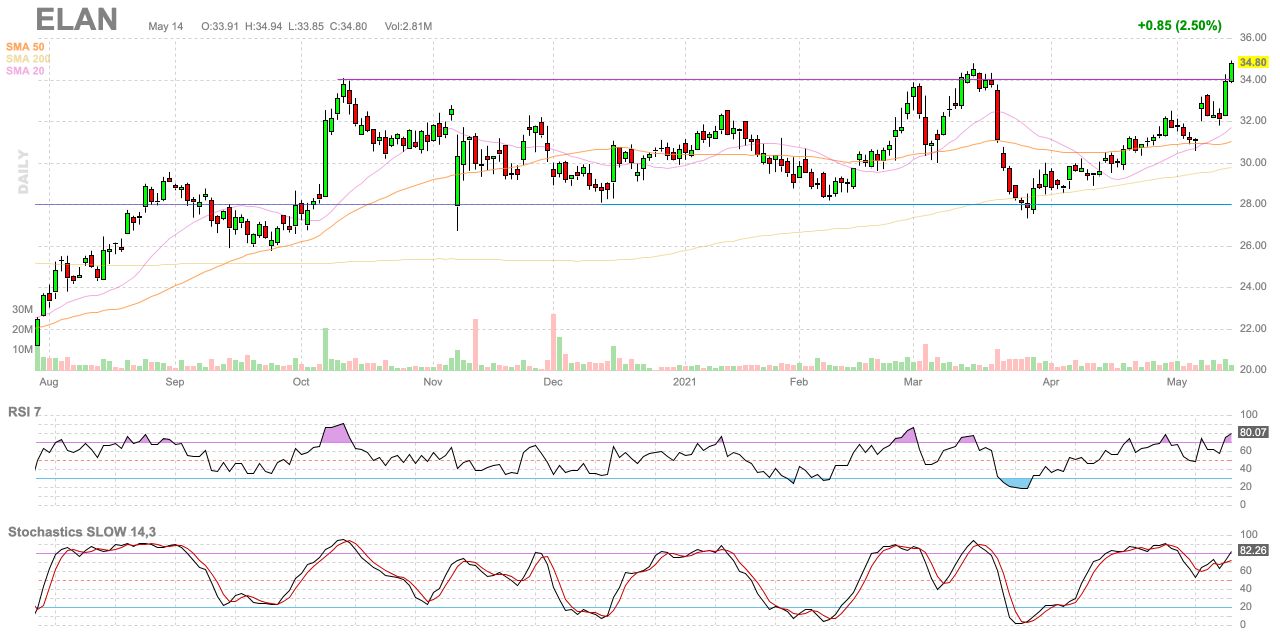
Director Hoover bought 25,000 shares of Elanco paying $32.44 per share. Another Director purchased $50,000 worth of ELAN at $32.88. These are the only open market purchases since the company was spun off from Eli Lilly in a stock exchange in March of 2019. Elanco Animal Health Incorporated is an American pharmaceutical company which produces medicines and vaccinations for pets and livestock. Until 2019, the company was a subsidiary of Eli Lilly and Company, before being divested. Each share of Eli Lilly common stock accepted for exchange by Eli Lilly was exchanged for 4.5121 shares of Elanco common stock. We thought we’d see a ton of insider buying since spinning off to the public last year as that is the historic pattern of these spin-offs. Peter Lynch wrote about spin-offs from major companies as one of his favorite investment themes as the management of the spin-off becomes unleashed and their compensation packages are tightly aligned with the new company stock performance.
But here’s the kicker- Lilly needed to ensure that the spinoff could not be acquired within two years to keep its tax-free status. For those investors who are counting on a takeover of Elanco, it seems highly likely that, even if such a takeover occurred well within the two-year period following the date of the exchange offer, an opinion that such action will not jeopardize the split-off would be forthcoming, provided that such acquisition was neither agreed to nor substantially negotiated during the two-year ending on the date of the split-off. Treasury Regulation Section 1.355-7(b)(2)
Two years are up. Is it possible that a takeover is in the wings? Either way, ELAN just made a lifetime high and we are a buyer.

Founder Robert Crandall purchased 50,000 shares of Go Health Inc at $11.44 per share. GoHealth is a marketplace for Medicare plans including Medicare Advantage, MediGap and Medicare Part D, which are programs administered through private health insurance companies. It also operates an online health insurance marketplace offering individual health insurance and short-term health insurance. Wikipedia
GOCO is growing massively without profits. This is not something the market likes now and we are not buyers with the insiders.
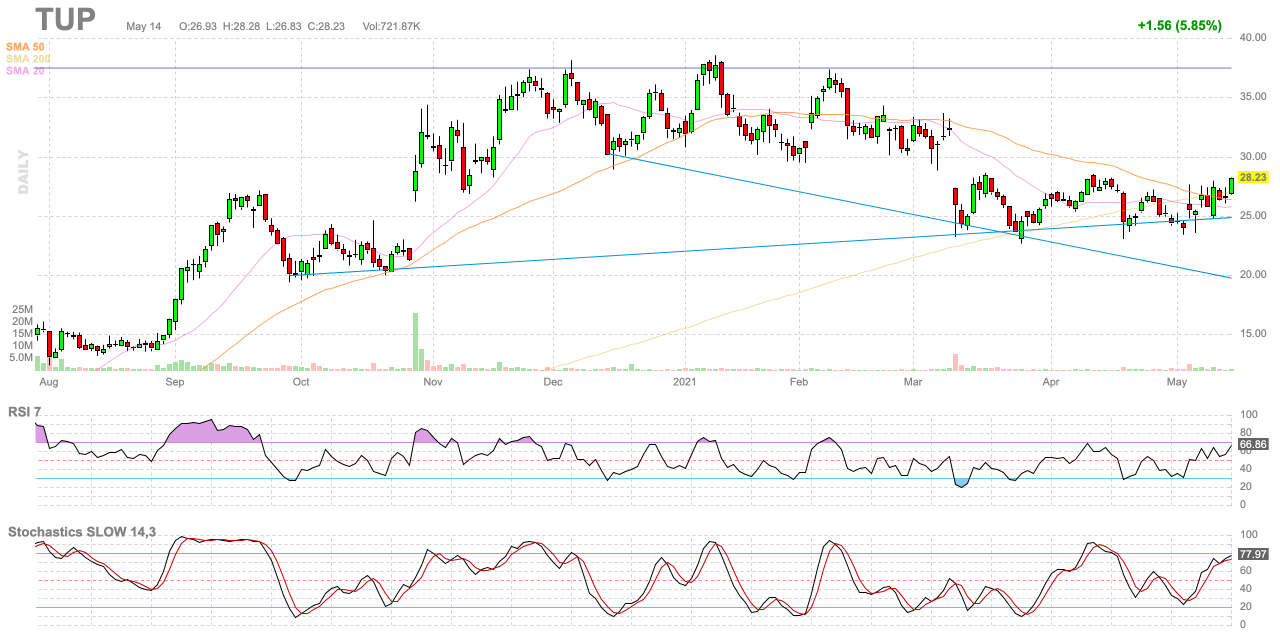
Insiders continue to accumulate Tupperware. This time Director Minges paying $27 for 7,400 shares of TUP Tupperware Brands Corporation, formerly Tupperware Corporation, is an American multinational multi-level marketing company. Its main focus is kitchen and household products, and it is particularly known for its line of plastic containers for food storage and preparation. Wikipedia
There has been significant and consistent insider buying. The new management team has certainly done a great job in cutting costs and I can understand the damper the pandemic had on “Tupperware” parties but I still think this is a brand that has come and gone. It just seems that the MLM model for selling Tupperware is a constant uphill battle and the brand loyalty is just not great enough today to successfully transition to a multi-channel sales distribution model either. If you can buy it on Amazon, why would you host a party? It’s even more confusing when you search on Tupperware and come up with Rubbermaid. They are not the same. Newell acquired Rubbermaid in 1999 and is a wholly-owned subsidiary of Newell
CEO Rabiller bought 40,000 at $585 and 40,000 at $5.90 of Garrett Motion. The week before he bought 10000 shares at $5.87 and 30,000 at of GTX at $5.93. Strangely enough, all this buying didn’t move the stock much, if at all. Read on though and you will find out why. Garrett is not a small business either. If you’re in the automotive racing business, you’ve heard of them, as they are behind most of the turbo charges. Mr. Rabiller has served as our President and Chief Executive Officer as well as a member of our Board since the Spin-Off from Honeywell in 2018. Prior to the Spin-Off, Mr. Rabiller served as President and Chief Executive Officer of the Transportation Systems division at Honeywell since July 2016. From July 2014 to July 2016, he served as Vice President and General Manager of Transportation Systems for High Growth Regions, Business Development, and Aftermarket.
But wait, didn’t the Company just file for bankruptcy? Auto supplier Garrett Motion Inc. filed for Chapter 11 bankruptcy protection in October of last year as it struggled with heavy debt amid the COVID-19 pandemic and a dispute with former parent Honeywell International Inc. over asbestos liabilities. Garrett Motion said it entered into a “stalking horse” purchase agreement with private equity firm KPS Capital Partners for $2.1 billion. The stalking horse agreement would imply that any other bids that come in must be higher than the offer made by KPS. The agreement is subject to court approval.
Then on April 23rd, the Company announced that the U.S. Bankruptcy Court for the Southern District of New York has confirmed the Company’s Plan of Reorganization, positioning Garrett to complete the implementation of the Plan, led by funds managed by Centerbridge Partners, L.P. and Oaktree Capital Management, L.P. Garrett expects that effective date will occur as soon as all conditions precedent to the Plan have been satisfied, and is currently targeting emergence by April 30, 2021
So back in March, the CEO was unloading stock and now he is buying. On April 30, 2021, Garrett emerged from its Chapter 11 restructuring with new financing and a strong balance sheet to strengthen its long-term competitive position and provide the resources and flexibility to solidify the company’s technology leadership. As part of this process, Garrett was able to remain a publicly traded company with the support of its new sponsors.
“The listing of our common shares on Nasdaq represents a new era at Garrett following the successful completion of our financial restructuring,” said Olivier Rabiller, Garrett President and CEO. “Nasdaq’s reputation as a destination for innovative global technology companies provides an ideal fit for Garrett. We have built in-house a diverse portfolio of cutting-edge turbo, electrification, and connected vehicle technologies and with our new capital structure, we have enhanced our ability to pursue both organic and inorganic growth opportunities. Our successful listing on the Nasdaq Global Select Market is yet another important milestone in the evolution of Garrett.”
I’d bet that this is no well understood and you can make some money here. With the pent-up demand for autos, GTX could really be a sleeper surprise.
 Director Curran bought 5000 of Banc of California at $17.56. This is notable because she is accumulating shares of BANC, having purchased 4200 at #12.13 just last November. A Director bought 27,000 shares of the Bank on April 29th paying $18.42 per share. I like cluster insider buying. That shows conviction across the board.
Director Curran bought 5000 of Banc of California at $17.56. This is notable because she is accumulating shares of BANC, having purchased 4200 at #12.13 just last November. A Director bought 27,000 shares of the Bank on April 29th paying $18.42 per share. I like cluster insider buying. That shows conviction across the board.
Banc of California is a bank serving the state of California with 30+ banking branches in Southern California, extending from San Diego to Santa Barbara. The bank is headquartered in Santa Ana, California in Orange County, with over 600 employees and 36 offices. Wikipedia
Ernest Rady is back, purchasing $1.93 Million worth of American Asset Trusts for $34.39 per share. AAT is a full-service, vertically integrated, and self-administered real estate investment trust, or REIT, headquartered in San Diego, California. The company has over 50 years of experience in acquiring, improving, developing and managing premier office, retail and residential properties throughout the United States in some of the nation’s most dynamic, high-barrier-to-entry markets primarily in Southern California, Northern California, Oregon, Washington and Hawaii.
Rady has been buying this stock for the last three years. It’s lower now than when he first started in December in May of 2018 at $35.17 per share
Director Peter Nolan purchased shares of Activision Blizzard paying close to an all-time high price of $95.07. Activision Publishing, Inc. is an American video game publisher based in Santa Monica, California. It currently serves as the publishing business for its parent company, Activision Blizzard, and consists of several subsidiary studios. Wikipedia
Nolan has been reward well for buying ATVI. He first started at $29.79 per share in August of 2016. Activision is lower on the year and it might be time for a boost in price. On May 11th NPD Player Engagement Tracker said that Activision’s Call of Duty Modern Warfare enjoyed the most active users of any game during the week ending May 8th. A word of warning though, the franchise might be getting long in the tooth. My kids grew up playing it but have now moved on to Epic’s League of Legends. The only way for investors to play that one though is with Chinese company Tencent, the world’s largest gaming company whose ADRs are listed in the U.S.
We like the gaming business but the stocks are never cheap and it’s rare to see insider buying. This one is worth a shot, pun intended.
Follow us on Twitter for real time insider buying alerts at https://twitter.com/theinsidersfund
[custom-twitter-feeds]
Insiders sell stock for many reasons, but they generally buy for just one – to make money. You’ve always heard the best information is inside information. Everyone who has any experience at all in the stock market pays close attention to what insiders are doing. After all, who knows a business better than the people running it? Officers, directors, and 10% owners are required to inform the public through a Form 4 Filing any transaction, buy, sell, exercise, or any other with 48 hours of doing so. This info is available for free from the SEC’s Web site, Edgar, although we subscribe to SECForm4 as they provide a way to manage and make sense of the vast realms of data. I’ve tried a lot of vendors and SECForm4 is one of the most customer-friendly and responsive I’ve used.
We publish a subscription newsletter called The Insiders Report. We offer a free 30-day trial so you have nothing to lose by trying it out. Be sure to carefully read the TERMS OF SERVICE.
Another source for insider buying and selling and much more is FinViz Elite. FinViz stands for financial visualization and they do an amazing job of providing reams of data and the tools to help you get to the bottom of it, the information that helps me make informed decisions and probable outcomes. I’ve been using their site for years and it only gets better over time.
This is as close to “insider information” that an ordinary investor is likely to see- and it’s entirely legal.
BEWARE– Following insiders can be hazardous to your financial health unless you know what you are doing. Unlike the raw, unfiltered data, The Insiders Fund blog informs you of the purchases that count, the ones that are just window dressing into deceiving the public that all is hunky-dory, and those that are just flat out other people’s money and should be just discarded like bad fish. As a rule, we only look at material amounts of money, $200 thousand or more, as anything less could just be window dressing.
The bar is different from selling because the natural state of management is to be sellers. This is because most companies provide significant amounts of management compensation packages as stock and options. Therefore, with selling, we analyze for unusual patterns, such as insiders selling 25 percent or more of their holdings or multiple insiders selling near 52-week lows. Another red flag is large planned sale programs that start without warning. Unfortunately, the public information disclosure requirements about these programs referred to as Rule 10b5-1 is horrendously poor. Also planned sales that just pop up out of nowhere are basically sales and are seeking cover under the Sarbanes Oxley corporate welfare clause. I also generally ignore 10 percent shareholders as they tend to be OPM (other people’s money) and perhaps not the smart money we are trying to read the tea leaves on.
Of course, insiders can also be wrong about their Company’s prospects. Don’t let anyone fool you into believing they never make mistakes. No one tracks and understands insider behavior better than us. We’ve been doing it religiously since 2001 when I quit being an insider myself and devoted myself full time to managing my personal investments. They can easily be wrong about how much others will value them, and in many cases, maybe most cases have no more idea what the future may hold than you or I. In short, you can lose money following them. We have and we curse aloud, what were they thinking! Needless to say, past good fortune is no guarantee of future success. We may own positions, long or short, in any of these names and are under no obligation to disclose that. We welcome your comments on our analysis.
This blog is solely for educational purposes and the author’s own amusement. Investing with The Insiders Fund is for qualified investors and by Prospectus only. Nothing herein should be construed otherwise. THE INSIDERS FUND invests in companies at or near prices that management has been willing to invest significant amounts of their own money in. If you would like to hear more about how you can get involved with the Insiders Fund, please schedule some time on my calendar.
Prosperous Trading,
Harvey Sax
The Insiders Fund was the 4th best long-short equity fund in the world in 2019, 4th Best in November 2020, 4th Best in January 2021 (I kid you not)


